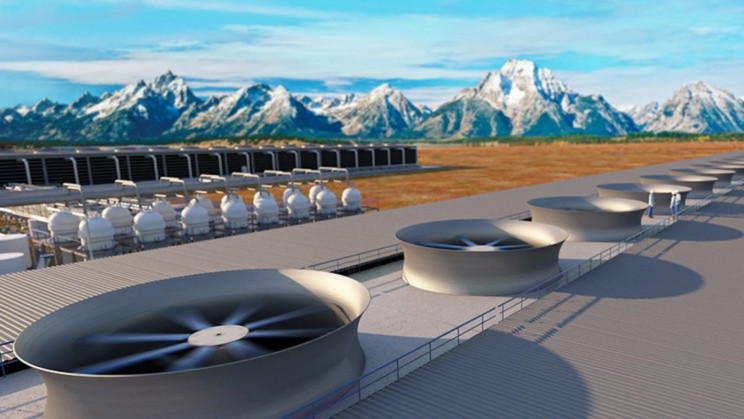The US Wants to Remove Billions of Tons of CO2 From the Air Every Year
Reducing global carbon emissions can go a long way in reducing the impact of climate change, though it may not be enough.
In a bid to turn the tide around amid dire scientific predictions, the U.S. Department of Energy (DOE) announced ambitious new plans to accelerate the development of carbon capture technologies, a report from The Verge explains.
The move comes in the form of a new initiative called the "Carbon Negative Shot", which aims to scale carbon dioxide removal (CDR) technologies and make them cost-effective.
The DOE aims to extract gigatons of CO2 from the atmosphere
In order to reach this lofty goal, The DOE will have to vastly improve the technology over existing — and proposed — carbon removal plants. The world's largest direct air capture plant, called Orca, went into operation in Iceland this year. It is currently able to extract 4,000 tons of carbon dioxide annually, which puts it well behind the figures quoted for the new initiative.
Another plant, under construction in Scotland as part of a collaboration with UK energy transition company Storegga Geotechnologies and Canadian carbon capture technology firm Carbon Engineering, will eventually capture up to 1 million tons of CO2 per year according to the two firms.
'We need to do more than just reduce emissions'
All of this stems from the fact that the latest models suggest we are quickly running out of time to prevent the worst effects of climate change. The IPCC's latest report on climate change, for example, pointed out the fact that the Earth is breaking 125,000-year heat records.
Several scientists now claim that carbon capture technologies will need to work hand-in-hand with initiatives aimed at dramatically reducing carbon emissions. As the Union of Concerned Scientists (UCS) recently pointed out on its website, "to reach net-zero emissions, we need to do more than just reduce our emissions: we need to actively remove carbon dioxide from the atmosphere or offset its effects."






Post a Comment